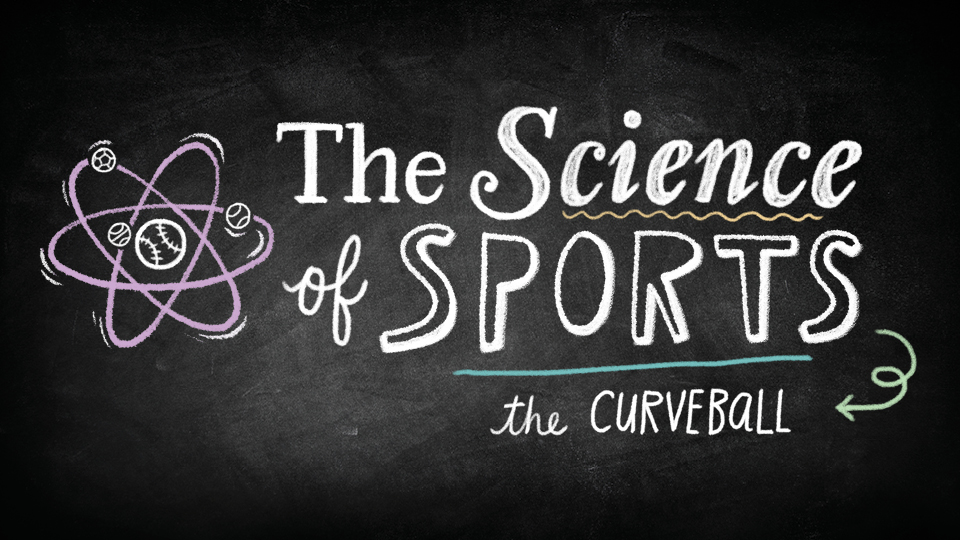The fastball is junior Drew Tumbelty’s pitch of choice, the one that primarily helps him get the Broncs out of a jam in the 9th inning and preserve a victory. But the right-handed closer keeps a curveball in his back pocket to keep batters guessing.
Pitchers have been using the curveball for almost 150 years to fool batters, relying on its low velocity and big break as it approaches the plate to freeze hitters and keep them swinging and missing. Good hitters can see the way a ball is spinning to determine what kind of pitch is coming toward them, where it will wind up and whether or not to swing. Generally, a late-breaking curveball is more effective at beating hitters than one that breaks big, but the pitch can be difficult to control.
How does it work?
To throw a curve, the middle finger is placed along the bottom seam, with the thumb on the back seam, creating a C shape. When pitchers reach the peak of their throwing motion, they begin to rotate their throwing hand and wrist and as the ball is released they snap their middle finger down, which guides the trajectory of the ball.
To get a better snap, Tumbelty grips the ball tighter with his middle finger than his pointer when he’s throwing a curve, and pulls his throwing arm hard to his opposite hip. The snap creates topspin, meaning the top half of the ball spins toward its direction of motion, with the bottom half spinning against it. Such spin causes the ball to dive as it approaches
its target.
Why does it work?
The explanation of why the ball dives begins with Newton’s third law, which states that for every action, there is an equal and opposite reaction. When a pitcher fires a pitch into a catcher’s mitt, the catcher feels the force of the pitch through the impact, but he or she also exerts a force to slow the ball down. That’s an example of the third law in practice.
Something similar happens to a curveball. When a ball is thrown with topspin, “Air hitches a ride to the top side of the ball and gets dragged along and slightly down towards the ground,” says physics professor John Bochanski, “but the air on the bottom doesn’t get on the same track. The net result is that a top spinning ball deflects some air toward from the sky.”
Essentially, air that is pushed up towards the sky pushes the ball down. The opposite is also true, which is why a ball thrown with backspin, like a fastball, causes it to stay in the air longer.
The ball’s trajectory is described more precisely by the Magnus Effect, which is named after the 19th-century German physicist Gustav Magnus who studied it. The Magnus Effect states that a spinning object moving through air will deviate from a straight path.

